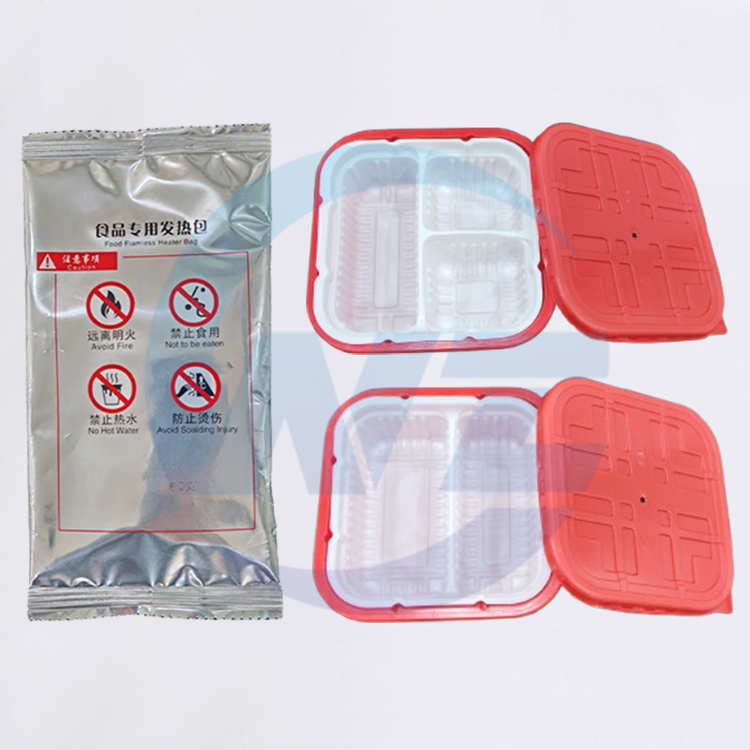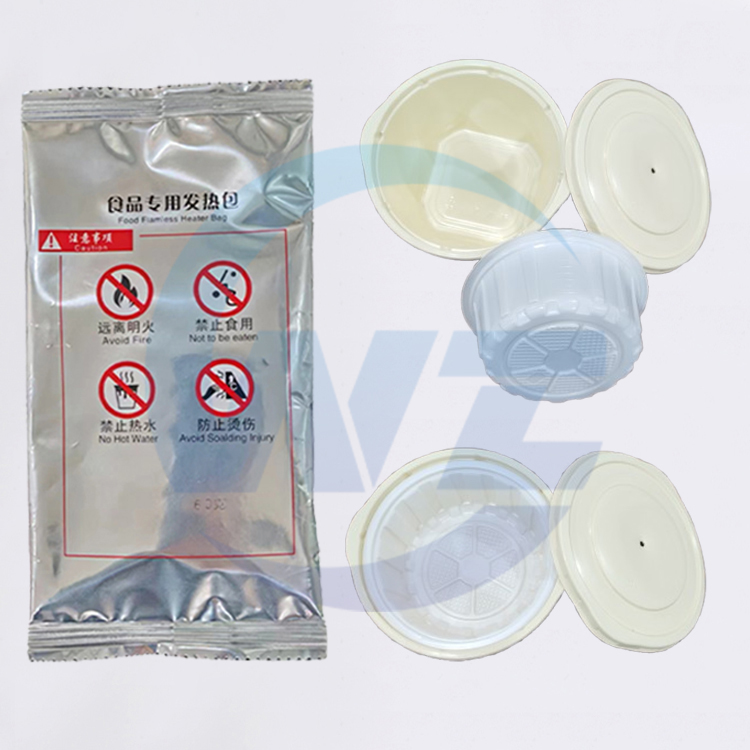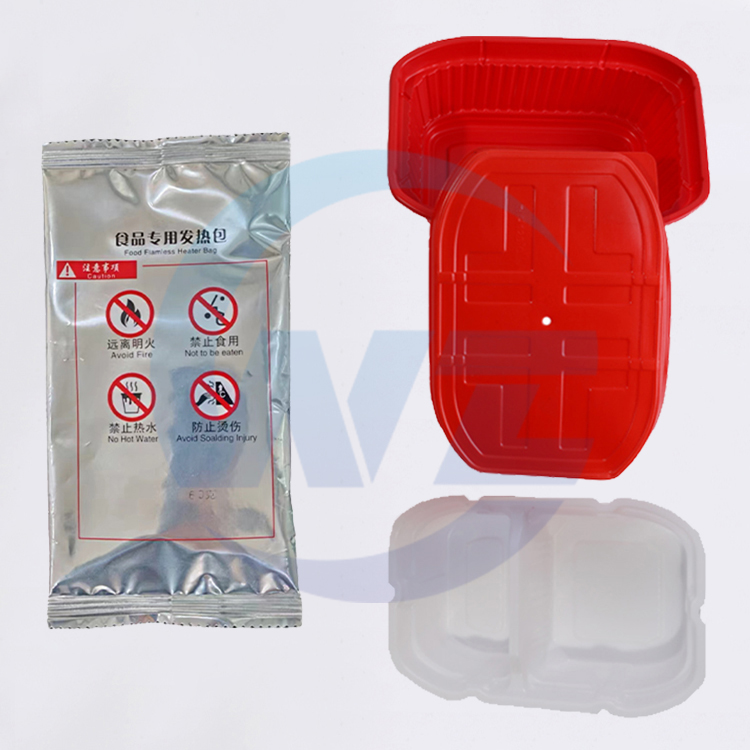by andelszhang
Share
by andelszhang
Share
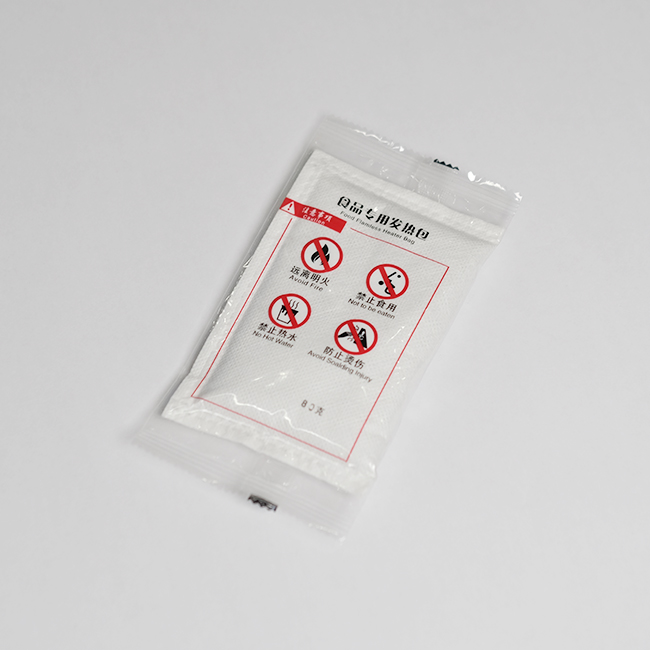
Flameless heaters have revolutionized the way we heat food and beverages in various settings, from outdoor adventures to emergency situations. These compact devices eliminate the need for an open flame, making them a safe and convenient option. The core of their functionality lies in a chemical reaction that generates heat. In this article, we will delve into the specifics of this chemical reaction, providing a comprehensive understanding for international customers who rely on flameless heaters for their heating needs.
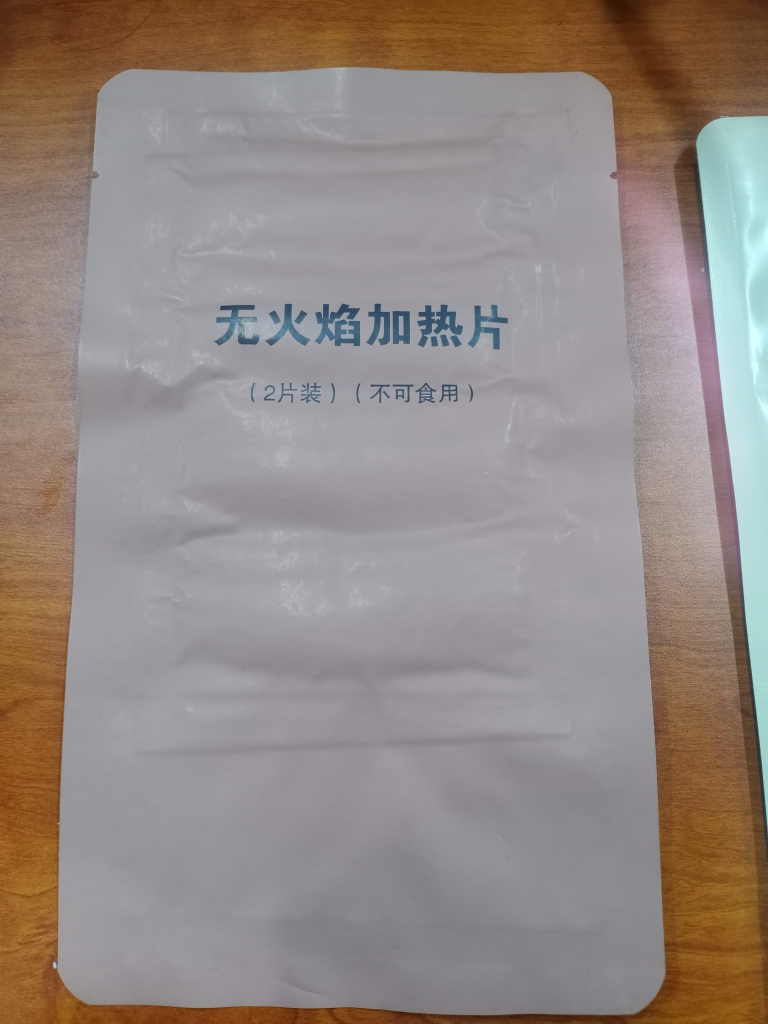
1. The Principle Behind Flameless Heaters
Flameless heaters, also known as self-heating meals or chemical heaters, operate on the principle of an exothermic chemical reaction. This reaction produces heat without the need for a flame, making it safe for use in environments where traditional heating methods are impractical or unsafe.
1.1 Advantages of Flameless Heaters
– Safety: No open flame reduces the risk of fire.
– Convenience: Easy to use and portable for outdoor activities and emergencies.
– Efficiency: Quick and consistent heating without the need for additional fuel sources.
2. The Chemical Reaction in Flameless Heaters
The chemical reaction that powers flameless heaters involves the oxidation of metals, typically iron or magnesium, in the presence of water and an electrolyte, usually salt.
2.1 Reactants
The main components of the reaction are:
– Metal Powder: Iron or magnesium powder serves as the fuel for the reaction.
– Salt: Acts as an electrolyte to facilitate the reaction.
– Water: Activates the reaction and helps transfer heat to the food.
2.2 The Reaction Process
When water is added to the heater packet, it dissolves the salt and comes into contact with the metal powder. The saltwater solution acts as an electrolyte, allowing the transfer of electrons between the metal particles. This process triggers the oxidation of the metal, which releases heat.
3. Factors Affecting the Reaction
Several factors can influence the efficiency and heat output of the chemical reaction in a flameless heater:
3.1 Metal Type
The type of metal used (iron or magnesium) affects the reaction’s rate and the amount of heat produced. Magnesium generally produces a higher temperature than iron.
3.2 Salt Concentration
The concentration of salt in the heater packet can affect the reaction’s rate. Too much or too little salt can hinder the reaction’s efficiency.
3.3 Water Quantity
The amount of water added to the heater packet is crucial. Too much water can dilute the salt solution, while too little may not activate the full reaction.
3.4 Ambient Temperature
Colder ambient temperatures can slow down the reaction, resulting in a lower peak temperature, while warmer temperatures can accelerate the reaction.
4. Safety Considerations for International Customers
4.1 Proper Usage
International customers should follow these safety guidelines when using flameless heaters:
– Always use the heater in a well-ventilated area.
– Do not puncture the heater packet.
– Keep the heater away from flammable materials, heat sources, and children.
– Allow the heater to cool completely before disposal.
4.2 Storage and Transportation
When storing or transporting flameless heaters, international customers should:
– Keep the heaters in their original packaging until ready for use.
– Store in a cool, dry place to prevent accidental activation.
– Follow international regulations for the transportation of chemical substances.
5. Common Questions from International Customers
5.1 Can I use a flameless heater on an airplane?
It is generally not recommended to use a flameless heater on an airplane. However, some customers have reported success. Always consult with the airline and follow their guidelines.
5.2 How long does it take to heat a meal with a flameless heater?
The heating time varies but typically takes about 10-15 minutes for the meal to reach the desired temperature.
5.3 Can I reuse a flameless heater?
No, flameless heaters are designed for single-use only. Once activated, they cannot be reused.
STAY IN THE LOOP

